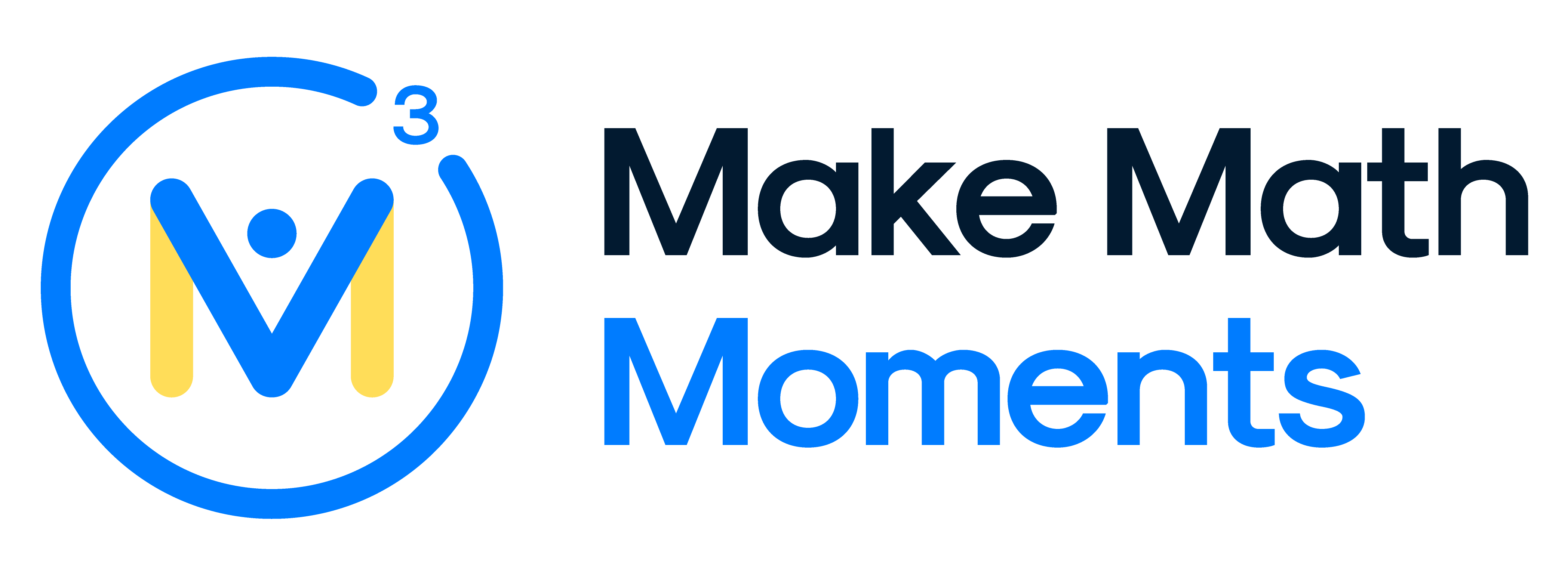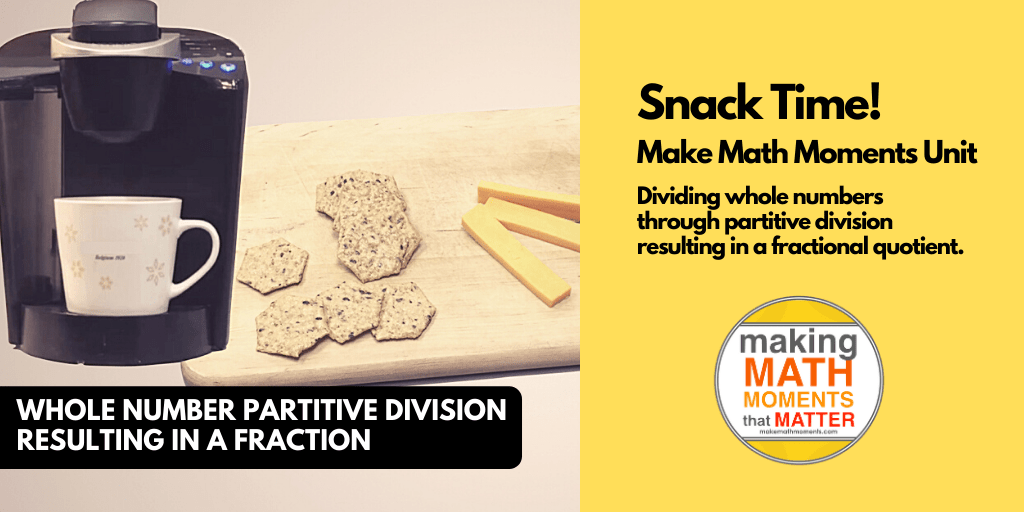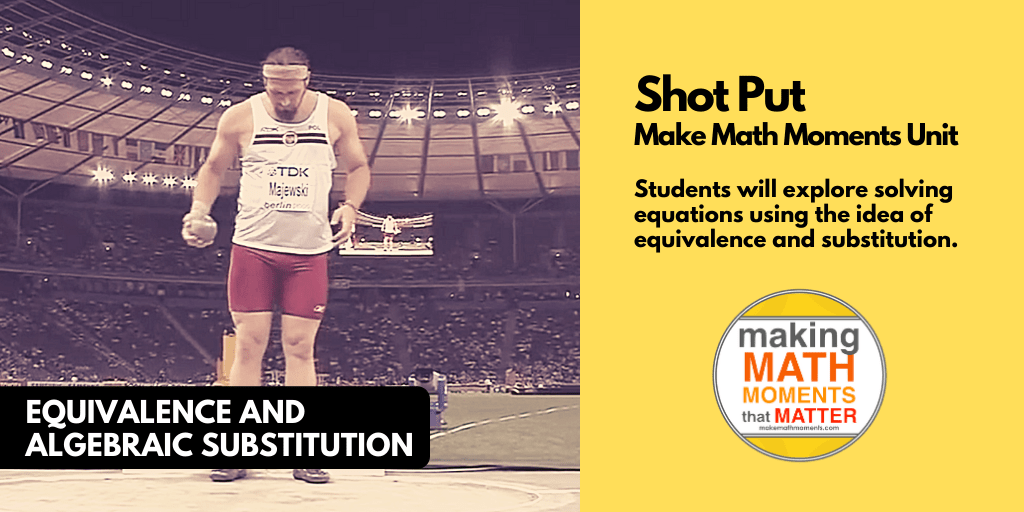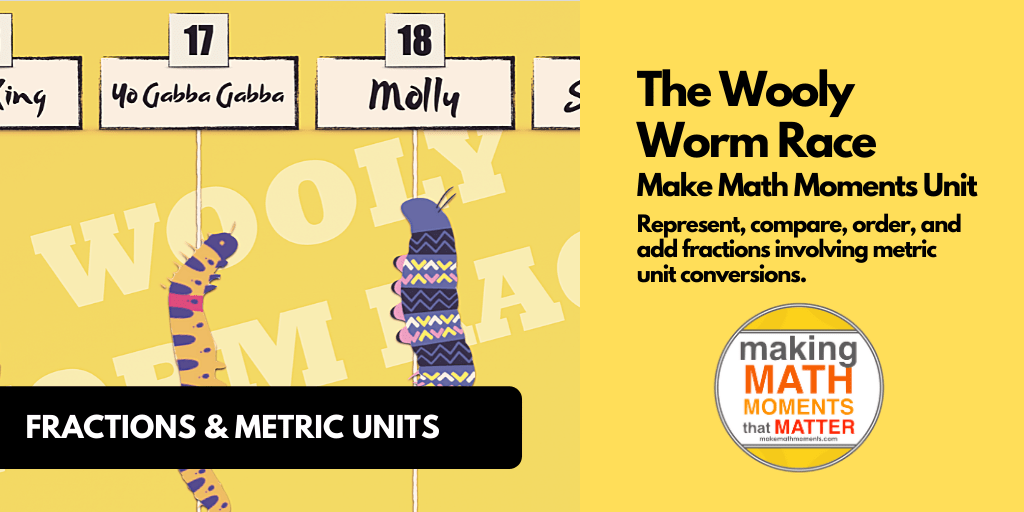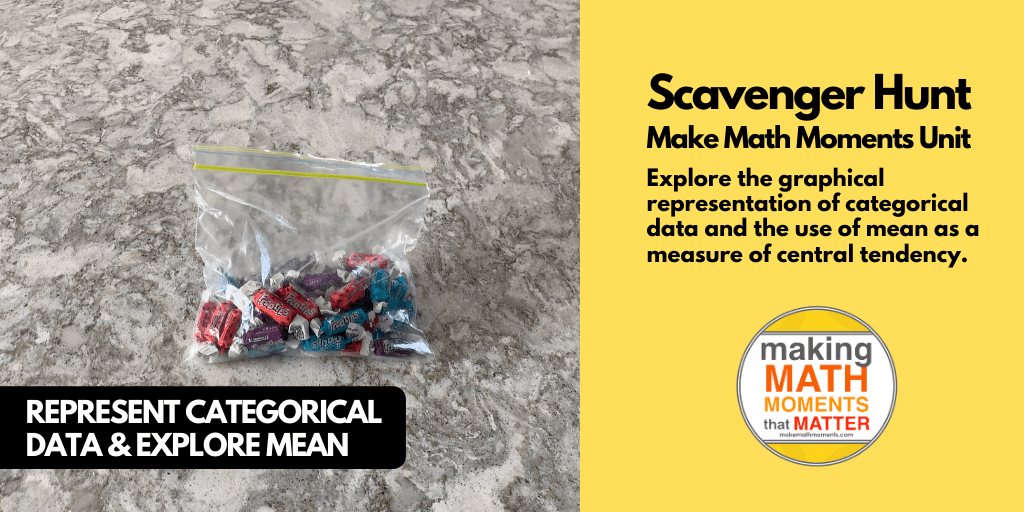How Can We Get Math Teachers To Do The Right Kind Of Thinking?
In the realm of mathematics education, a crucial question often arises: Who is really doing the thinking in our classrooms? This is more than just an academic query—it strikes at the heart of how we teach and learn. As educators and leaders, our goal is not just to impart knowledge, but to ignite a process of thinking and learning.
What thinking should our students be engaged in?
What thinking should our teachers be engaged in?
The Traditional Classroom: A One-Way Street?
Traditionally, math education has largely been dominated by lecture-style teaching. The teacher presents, and the students follow, trying their best to absorb and mimic the concepts being taught. Building Thinking Classroom author, Peter Liljedahl encapsulates this as students merely “mimicking” the teacher’s thought process. In such settings, it is the teacher, not the student, who is engaging in most of the critical thinking.
The Need for Change
This realization has led to a call for change in our approach to teaching math. We are beginning to understand that if we want our students to truly learn, they must be the ones doing the thinking. The challenge, then, is to transform our classrooms into spaces where students are not just passive recipients of knowledge, but active participants in the learning process.
So, a question now arises: If students are to be doing the bulk of the thinking in our classrooms, what thinking is the teacher now engaged in?
The Role of Educators and Leaders
The shift towards a more interactive and thought-provoking classroom is not without its challenges. Teachers often need guidance and support to change their instructional approaches. There is a growing recognition among educational leaders and district partners that providing day-to-day instructional plans is not enough. While these can offer a structure, they may inadvertently continue the cycle of: whoever is doing the work is doing the thinking.
If math leaders are preparing the lesson plans, the scope and sequence documents, the scripts, then they are the ones doing the thinking to prepare for that lesson.
How can we engage our teachers to do the necessary thinking that prepares them to teach in a thinking classroom while building their confidence?
A New Approach to Lesson Planning
This new paradigm calls for a different approach to lesson planning. Instead of rigid, step-by-step instructions, teachers might be offered frameworks that allow them to adapt based on their students’ needs. It’s about striking a balance between providing enough guidance to ensure educational consistency and enough flexibility to cater to diverse learning styles and needs.
Conclusion: A Collaborative Journey
As we embark on this journey of transformation in math education, it’s essential to remember that both teachers and students are learners in this process. By shifting our focus from lecturing to thinking, we are opening doors to more dynamic, engaging, and effective math education. It’s a collaborative journey—one that requires us to rethink not just how we teach, but how we learn.
Focus Your Math Professional Development On What Matters
Free Training + Planning Workbook
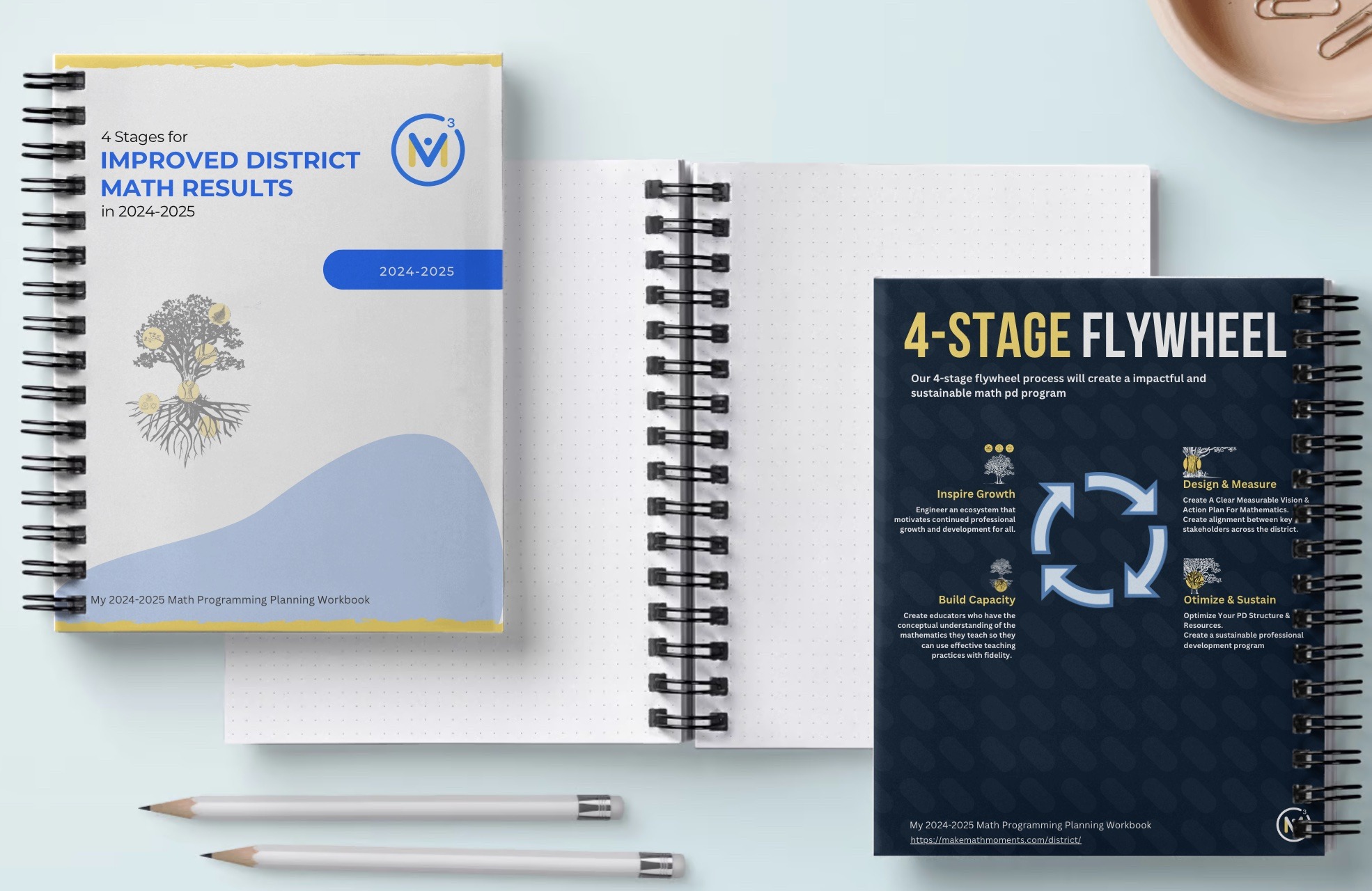
LESSONS TO MAKE MATH MOMENTS
Each lesson consists of:
Each Make Math Moments Problem Based Lesson consists of a Teacher Guide to lead you step-by-step through the planning process to ensure your lesson runs without a hitch!
Each Teacher Guide consists of:
- Intentionality of the lesson;
- A step-by-step walk through of each phase of the lesson;
- Visuals, animations, and videos unpacking big ideas, strategies, and models we intend to emerge during the lesson;
- Sample student approaches to assist in anticipating what your students might do;
- Resources and downloads including Keynote, Powerpoint, Media Files, and Teacher Guide printable PDF; and,
- Much more!
Each Make Math Moments Problem Based Lesson begins with a story, visual, video, or other method to Spark Curiosity through context.
Students will often Notice and Wonder before making an estimate to draw them in and invest in the problem.
After student voice has been heard and acknowledged, we will set students off on a Productive Struggle via a prompt related to the Spark context.
These prompts are given each lesson with the following conditions:
- No calculators are to be used; and,
- Students are to focus on how they can convince their math community that their solution is valid.
Students are left to engage in a productive struggle as the facilitator circulates to observe and engage in conversation as a means of assessing formatively.
The facilitator is instructed through the Teacher Guide on what specific strategies and models could be used to make connections and consolidate the learning from the lesson.
Often times, animations and walk through videos are provided in the Teacher Guide to assist with planning and delivering the consolidation.
A review image, video, or animation is provided as a conclusion to the task from the lesson.
While this might feel like a natural ending to the context students have been exploring, it is just the beginning as we look to leverage this context via extensions and additional lessons to dig deeper.
At the end of each lesson, consolidation prompts and/or extensions are crafted for students to purposefully practice and demonstrate their current understanding.
Facilitators are encouraged to collect these consolidation prompts as a means to engage in the assessment process and inform next moves for instruction.
In multi-day units of study, Math Talks are crafted to help build on the thinking from the previous day and build towards the next step in the developmental progression of the concept(s) we are exploring.
Each Math Talk is constructed as a string of related problems that build with intentionality to emerge specific big ideas, strategies, and mathematical models.
Make Math Moments Problem Based Lessons and Day 1 Teacher Guides are openly available for you to leverage and use with your students without becoming a Make Math Moments Academy Member.
Use our OPEN ACCESS multi-day problem based units!
Make Math Moments Problem Based Lessons and Day 1 Teacher Guides are openly available for you to leverage and use with your students without becoming a Make Math Moments Academy Member.
Partitive Division Resulting in a Fraction
Equivalence and Algebraic Substitution
Represent Categorical Data & Explore Mean
Downloadable resources including blackline masters, handouts, printable Tips Sheets, slide shows, and media files do require a Make Math Moments Academy Membership.
Use our OPEN ACCESS multi-day problem based units!
